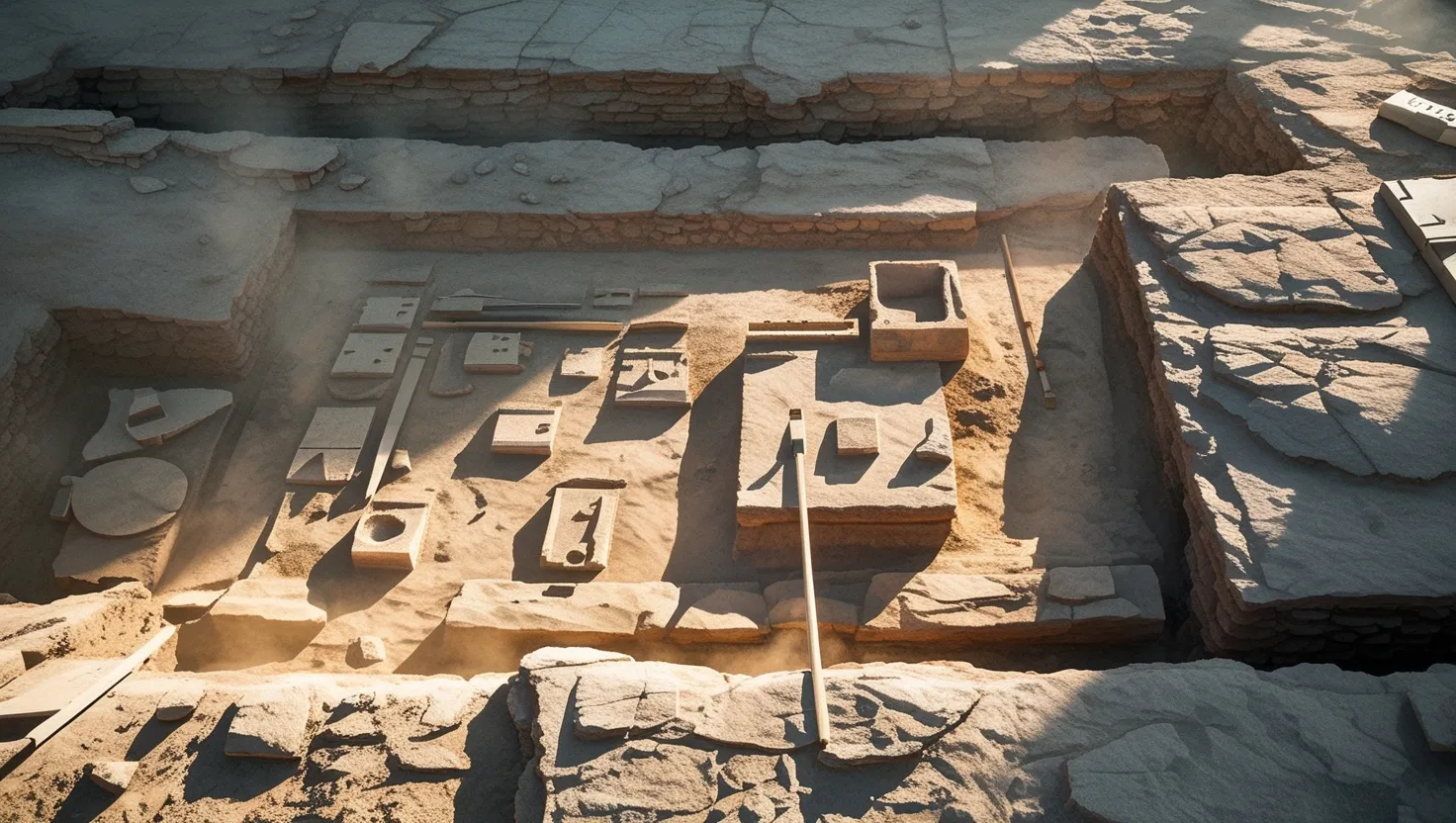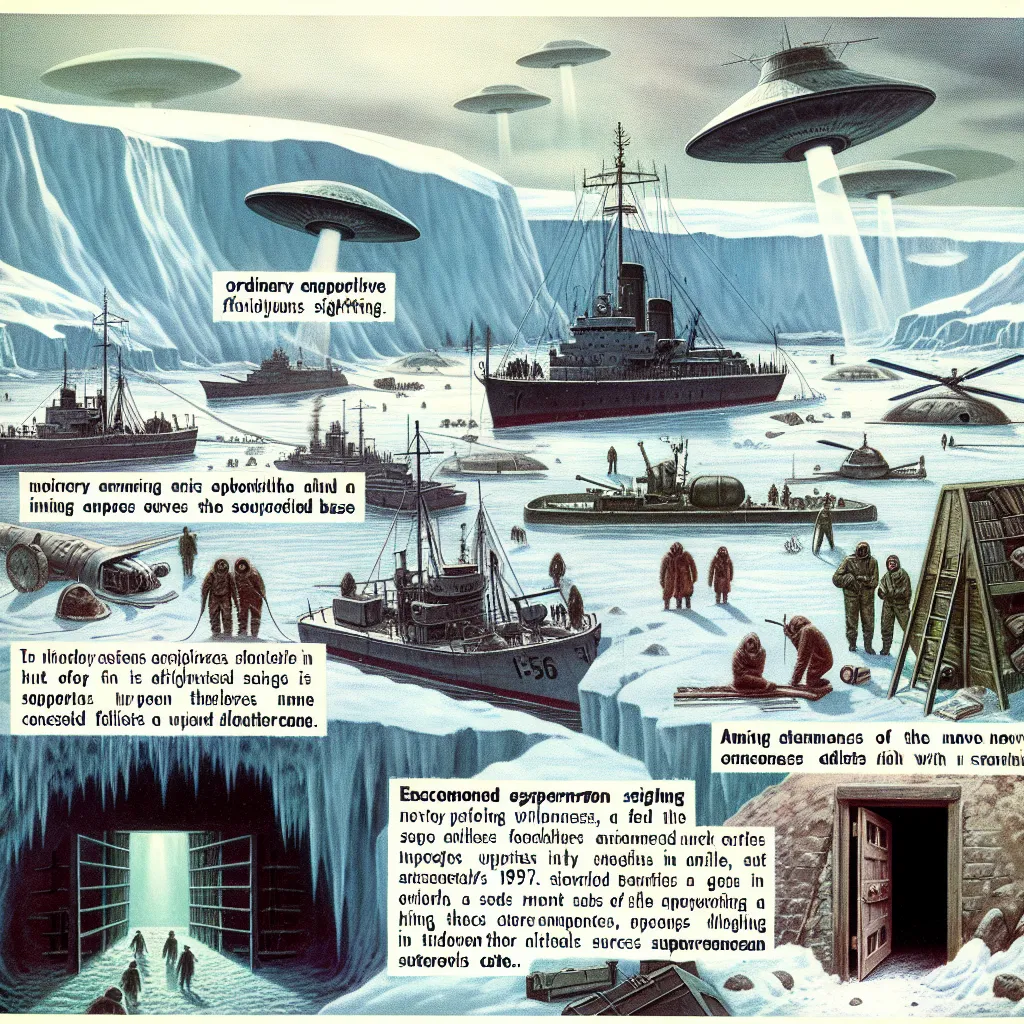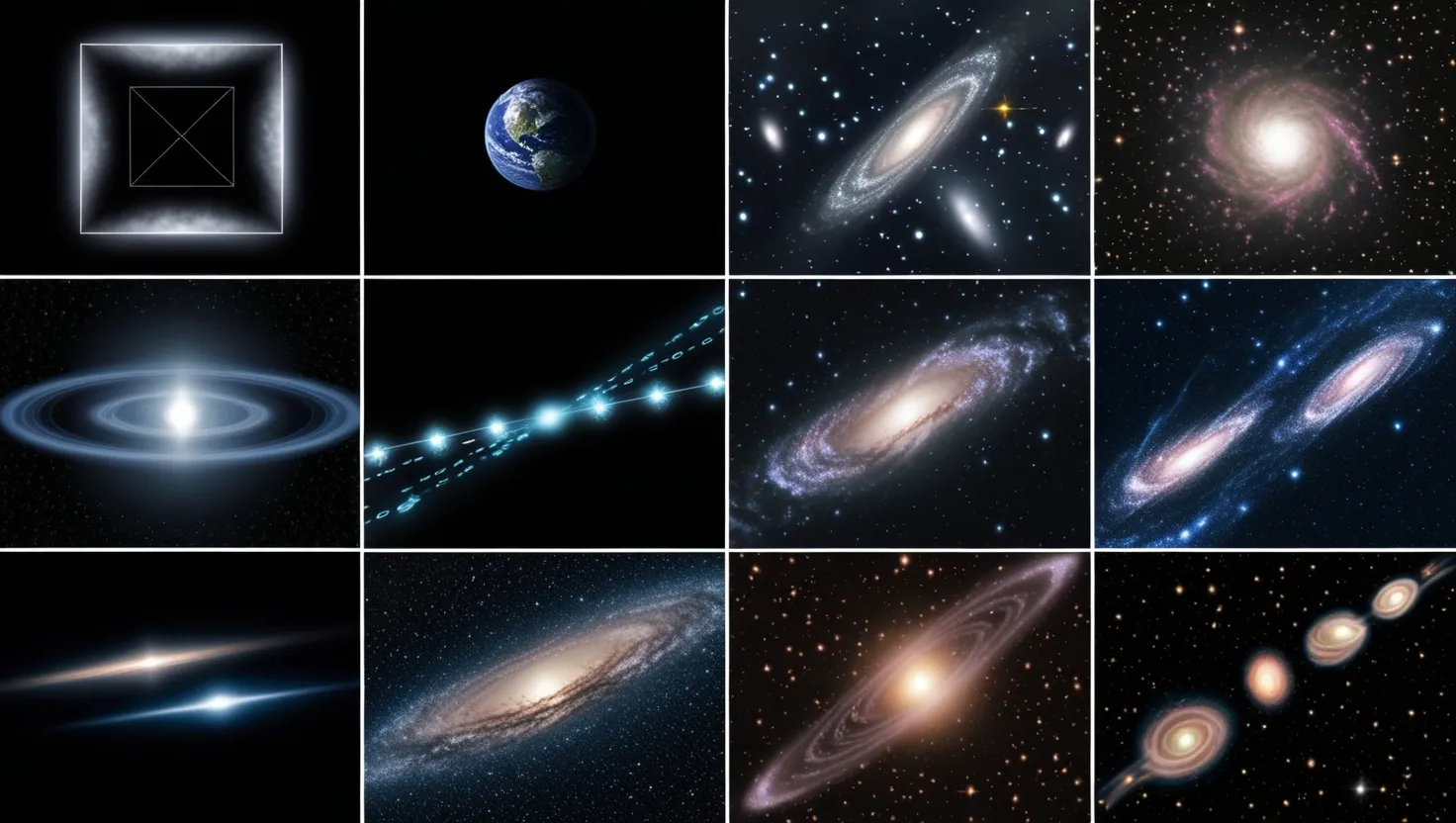When I first read about the so-called geological time capsules that fly in the face of accepted scientific timelines, I felt equal parts skepticism and awe. How could pollen turn up in rocks millions of years before the plants that made it? Why would an aluminum wedge appear so far ahead of humanity’s metalworking skills? These cases attract attention not just for their oddity, but because each one invites us to ask: How solid is our grip on the past?
“Science is a way of thinking much more than it is a body of knowledge.” – Carl Sagan
Let’s begin with a layer of ancient rock. At the boundary between the Permian and Triassic periods—roughly 250 million years ago—fossilized pollen from flowering plants has been discovered. The problem? Flowering plants, or angiosperms, aren’t believed to have evolved for another 50 million years. This isn’t a stray grain or two, but a consistent pattern of pollen within rock known to mark a mass extinction. Are we missing a chapter in the evolutionary record, or could the pollen have somehow infiltrated the rock layers due to later contamination? Either explanation has major implications. If it is truly in situ, it calls for a rewrite of botanical evolution. On the other hand, if contamination is to blame, it points to gaps in our geological dating methods. Sometimes, what we take for the distant past may be closer to home than we think.
Now picture the London Hammer, a regular tool—wood handle, iron head—found embedded in Ordovician rock, supposedly over 400 million years old. The object itself appears indistinguishable from any 19th-century miner’s hammer. The rock encasing its head, however, is ancient. Here’s the puzzle: did the hammer somehow fossilize extremely fast, or is the rock younger than current science suggests? One overlooked factor is that certain minerals can solidify around objects surprisingly quickly under the right chemical conditions. Yet, the hammer is often wielded as ‘proof’ of time travel or ancient, advanced civilizations. What is more likely: a rapid geological process, or a rewrite of human history? Such finds urge us to question our assumptions but also remind us that geology can play tricks on the unwary.
“Absence of evidence is not evidence of absence.” – Martin Rees
Nearby in the fossil record lies the Guadeloupe Woman. In 1812, laborers uncovered an almost complete human skeleton locked within limestone dated to 28 million years ago. If accepted at face value, modern humans lived alongside prehistoric animals, overturning everything we know about human evolution. However, later analysis suggested that the limestone formed much more recently than its surrounding matrix. Was the dating method flawed? Or did someone, knowingly or not, place a much younger skeleton in older stone? The debate around the Guadeloupe Woman showcases the tension between old data, new tests, and the persistent allure of the mysterious. It’s a story less about the skeleton and more about the way we test, challenge, and sometimes defend scientific consensus.
Do you ever wonder about ancient technology? The Antikythera Mechanism, discovered in a Mediterranean shipwreck and dated to around 100 BCE, shocked historians and engineers alike. It’s an elaborate clockwork device capable of predicting astronomical positions and eclipses—far beyond what was thought possible in the ancient world. The level of craftsmanship suggests a tradition of mechanical knowledge, yet no other devices from the era have been found. Was it a one-off genius, or does it hint at a lost lineage of advanced engineering? If civilizations had developed and lost such knowledge before, how much else could have escaped the archaeological record? The mechanism challenges assumptions about technological progression, implying that what we call ‘dark ages’ may have been more enlightened than we think.
“I have no special talent. I am only passionately curious.” – Albert Einstein
Let’s travel deeper into time, over three billion years. In South Africa, mysterious objects known as Klerksdorp Spheres have been found—small, spherical stones with perfectly etched grooves running around their midsections. The rock they are found in is pyrophyllite, nearly three billion years old, predating multicellular life. Are these spheres natural formations or evidence of forgotten artistry? Some geologists insist the spheres are products of mineral growth, shaped by the slow processes of crystallization and weathering. Others see them as out-of-place artifacts, hinting at intelligent design before intelligence as we know it emerged. The real story may lie not in the objects themselves, but in the gap between observation and explanation—a reminder that nature often creates wonders that look artificial to the human eye.
Have you ever seen a map from millions of years ago? The Dashka Stone, discovered in Russia, is said to be just that—a massive slab engraved with an aerial view of the Ural region as it would have appeared 120 million years ago. The detail is astounding, showing rivers, mountains, and even canal systems. Yet mainstream geologists argue that the markings are natural, formed by geological stresses and weathering. Supporters insist the precision is too great to be a coincidence. If such a map were real, it would push back our knowledge of cartography and human presence by orders of magnitude. Here, more than in any other case, belief hinges on what you bring to the evidence: skepticism or the willingness to suspend disbelief. Is it possible that cultures have risen and fallen beyond the reach of current archaeology?
“We are not to suppose, that entire continents have been swept out of existence, but only that our records are incomplete.” – Charles Lyell
Now imagine stumbling upon an object that shouldn’t exist—an aluminum wedge discovered near Aiud, Romania, sandwiched within a layer of gravel dated to around 250,000 years ago. The problem? Aluminum wasn’t refined until the 19th century. Tests suggest the wedge’s composition is oddly pure, and its shape is reminiscent of modern aircraft landing gear. Some propose it’s a piece of machinery lost by time-travelers, or even evidence of extraterrestrials. More mundane explanations point to industrial contamination or misidentification; perhaps it was a modern object somehow introduced into ancient layers. The Aiud Wedge remains controversial in part because it sits at the intersection of human ingenuity and the mysteries of earth’s deep past.
If all these stories have one thing in common, it’s the way they challenge the idea of a stable, linear history. Why do these time capsules persist, even after scientific analysis? For many, these anomalies are tantalizing because they resist easy explanations. Scientific methods—whether radiometric dating, stratigraphy, or artifact analysis—are built on assumptions about constancy and context. When an object refuses to fit, we’re forced to revisit those assumptions. Do we trust the layer of rock, the results of lab tests, or our preconceptions about what ‘should’ be found?
Perhaps the greatest surprise comes not from the objects themselves, but from the reactions they provoke. Each anomaly divides experts and enthusiasts, often along the lines of open-mindedness and skepticism. Some see these as invitations to expand scientific possibility; others insist that extraordinary claims require extraordinary evidence. In some cases, further testing yields mundane explanations—a misplaced artifact, a misdated stone, a quirk of nature. In others, the mystery deepens, and the item remains in limbo, neither fully debunked nor accepted.
What are we to make of these geological puzzles? For me, the lesson is less about rewriting history and more about humility. The history of science is filled with moments when new data demanded a rethink. Once, the idea of continental drift was heresy; now it’s accepted fact. Could it be that some of today’s anomalies will, in time, inspire revisions of our most closely held models? Or will most be explained away, the result of mistaken observation or modern intrusion?
I also find myself wondering about the role of curiosity—the drive to keep asking questions, even when answers seem out of reach. Without that spark, many of the world’s great discoveries would never have happened. When I look at these strange time capsules, I’m reminded that the past is not always a closed book. Sometimes, a single artifact—a grain of pollen, a hammered tool, a carved stone—can open up vistas of possibility, challenging us to look again at the landscape of time.
“Somewhere, something incredible is waiting to be known.” – Carl Sagan
So, what do you think? Do these geological anomalies point to lost civilizations, overlooked natural processes, or simply the limits of our detection methods? Should we be wary of rewriting history on the basis of a few out-of-place finds, or is it the outliers that move science forward? These questions, as much as the artifacts themselves, are the true heritage of human curiosity. And in asking them, we keep the spirit of discovery alive, one puzzle at a time.






